The glass knifefishes (Eigenmannia), also known as green knifefishes, are a difficult and very complex group of fishes from a systematic point of view. They are widespread throughout the South American subcontinent and, together with other knifefish, make up a significant proportion of the fish biomass in many biotopes. The first species was already described in 1836: E. virescens. All glass knifefish in the aquarium trade were usually referred to by this name. However, it is questionable whether this southern species – which is found in the Rio la Plata and lower Paraná in Brazil, Argentina, Uruguay and Paraguay – has been imported more frequently. This is probably not the case. In 1994 Mago-Leccia revised all the New World knifefishes; at that time E. humboldtii (Rio Magdalena and Beni), E. macrops (Potaro, Orinoco, Essequibo), E. microstomus (Rio Sao Francisco), E. nigra (Amazonas, Essequibo, Orinoco) and E. trilineata (La Plata, lower Paraná) were known, i.e. a total of 6 species, plus 3 uncertain synonyms: all in all manageable. But then it started: today we have 32 species and there is no end in sight. Needless to say, they all look very, very similar…
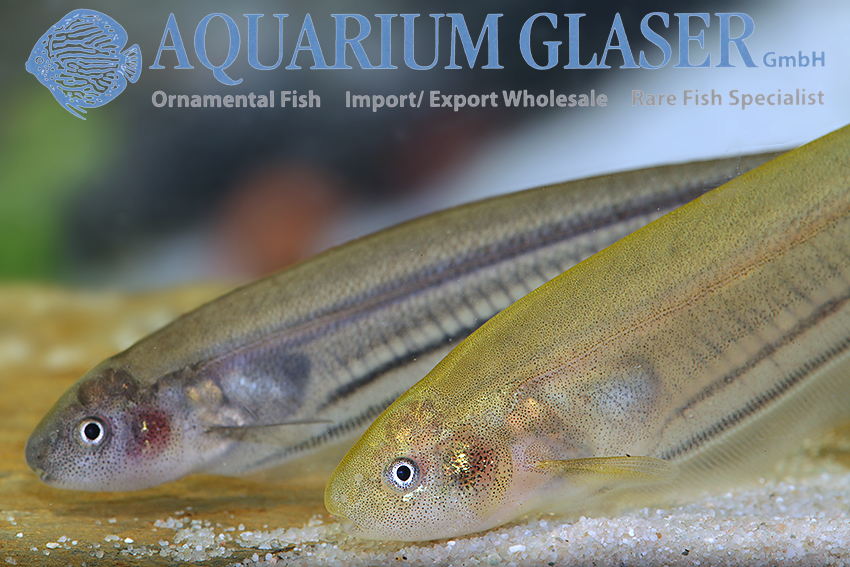
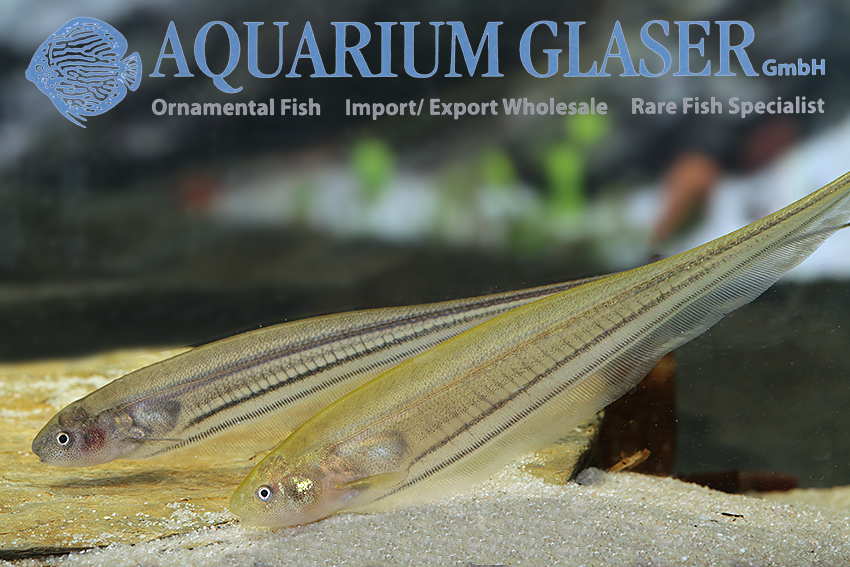
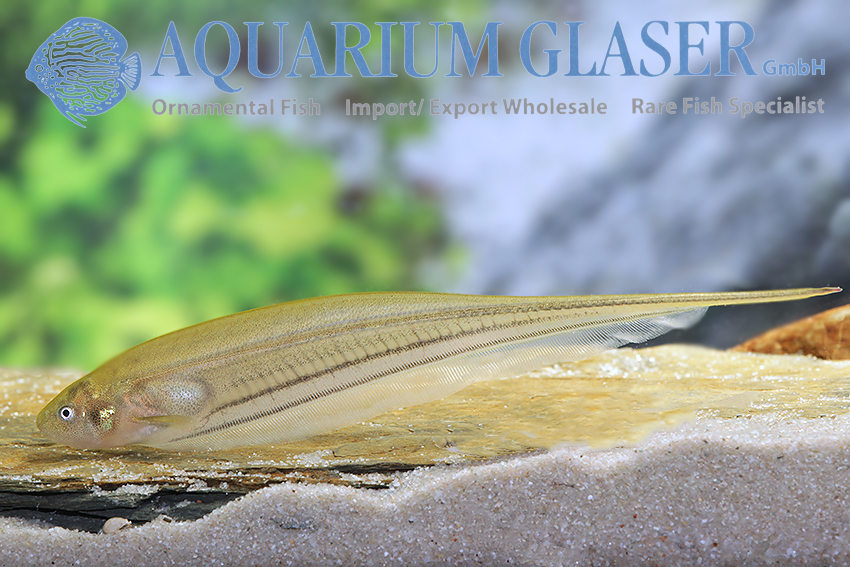
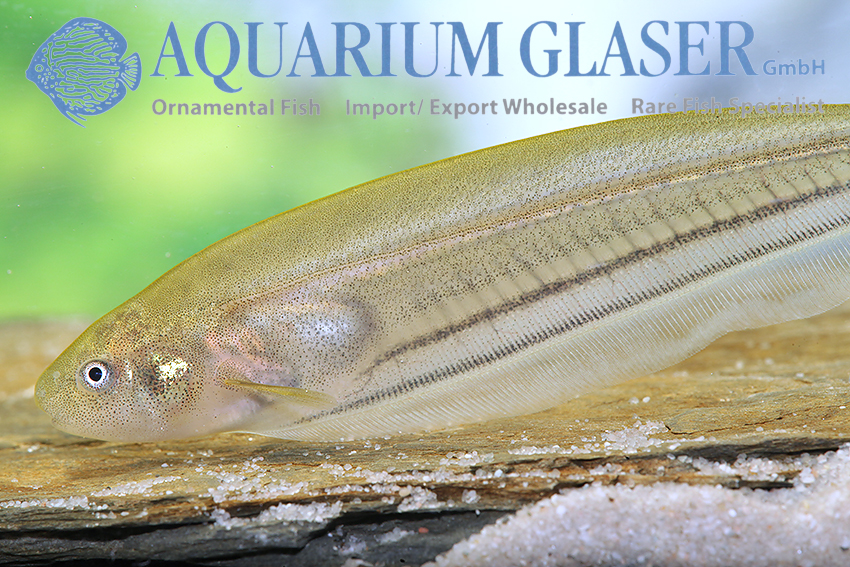
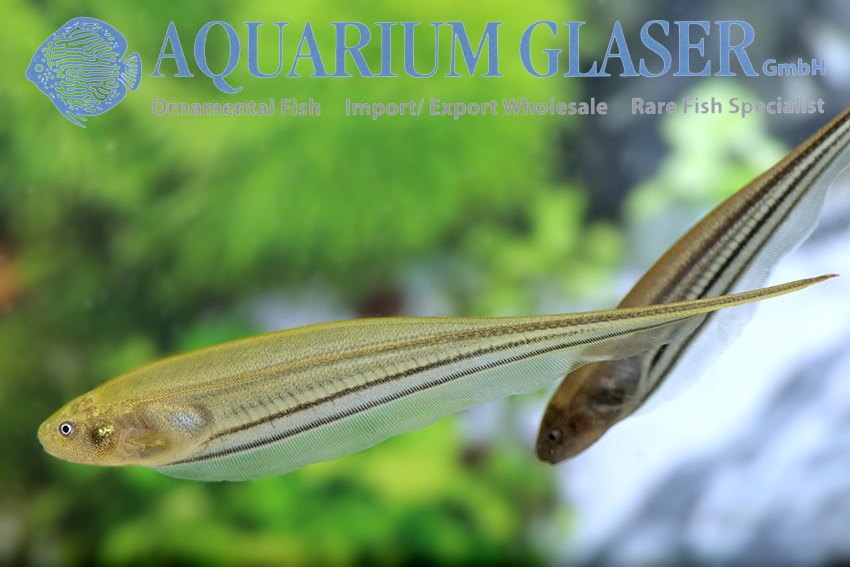
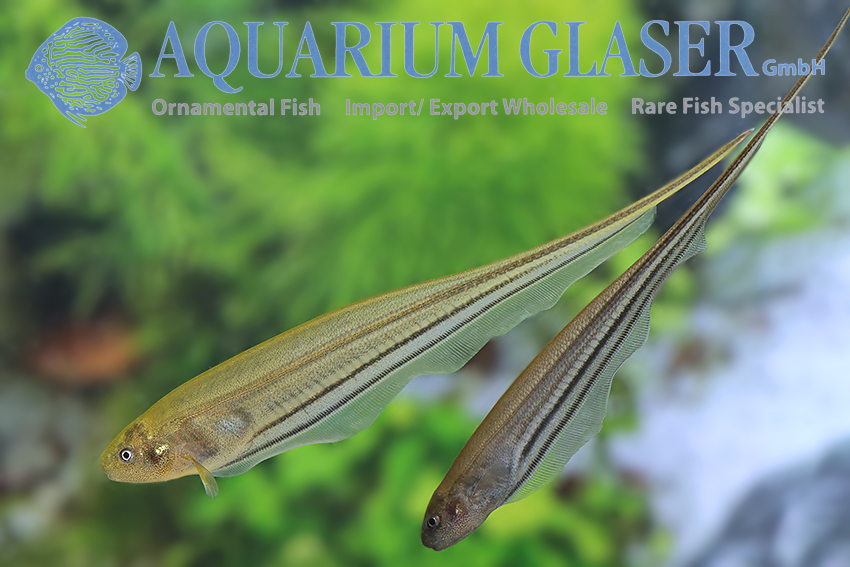
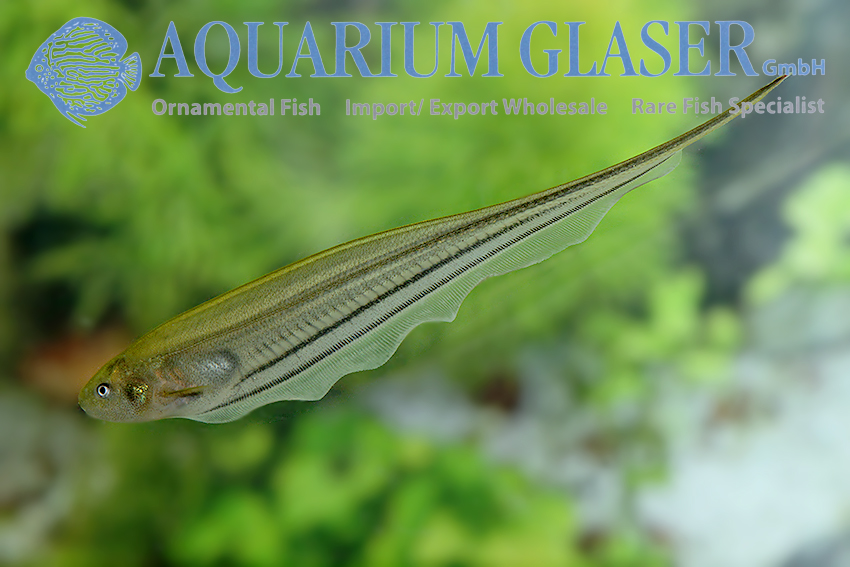
One of the as yet undescribed species is the glass knifefish, which we have now received from Venezuela. In the most recent scientific papers on the genus, it is referred to as E. sp. “Orinoco”. It shares the pattern of three black longitudinal stripes with E. trilineata, but the head profile is different. As can be clearly seen in the photos, the “Orinoco” has an undershot mouth, meaning that the lower jaw is significantly shorter than the upper jaw. In the “true” E. trilineatus the mouth is terminal, both halves of the jaw are approximately the same length.
From an aquaristic point of view, the species affiliation is rather irrelevant, as all Eigenmannia species are similar in terms of behavior and hardly any reliable information can be obtained about the achievable final size. We therefore usually continue to refer to them as E. virescens, especially as exact identification is rarely possible. What is known: Eigenmannia males grow considerably larger than females and the largest Eigenmannia reported to date was about 50 cm long; however, many apparently remain under 20 cm. These animals establish a hierarchy among themselves, but are generally considered peaceful. Their favorite food is red mosquito larvae, but they will also eat other, comparable food, usually also granules. The glass knifefish observed so far have spawned in the roots of floating plants.
We also find it interesting that the probable male of the photographed pair is yellow and the probable female is gray-white. The animals are currently 9-12 cm long.
For our customers: the fish have code 253003 on our stocklist. Please note that we only supply the wholesale trade.
Text & photos: Frank Schäfer




